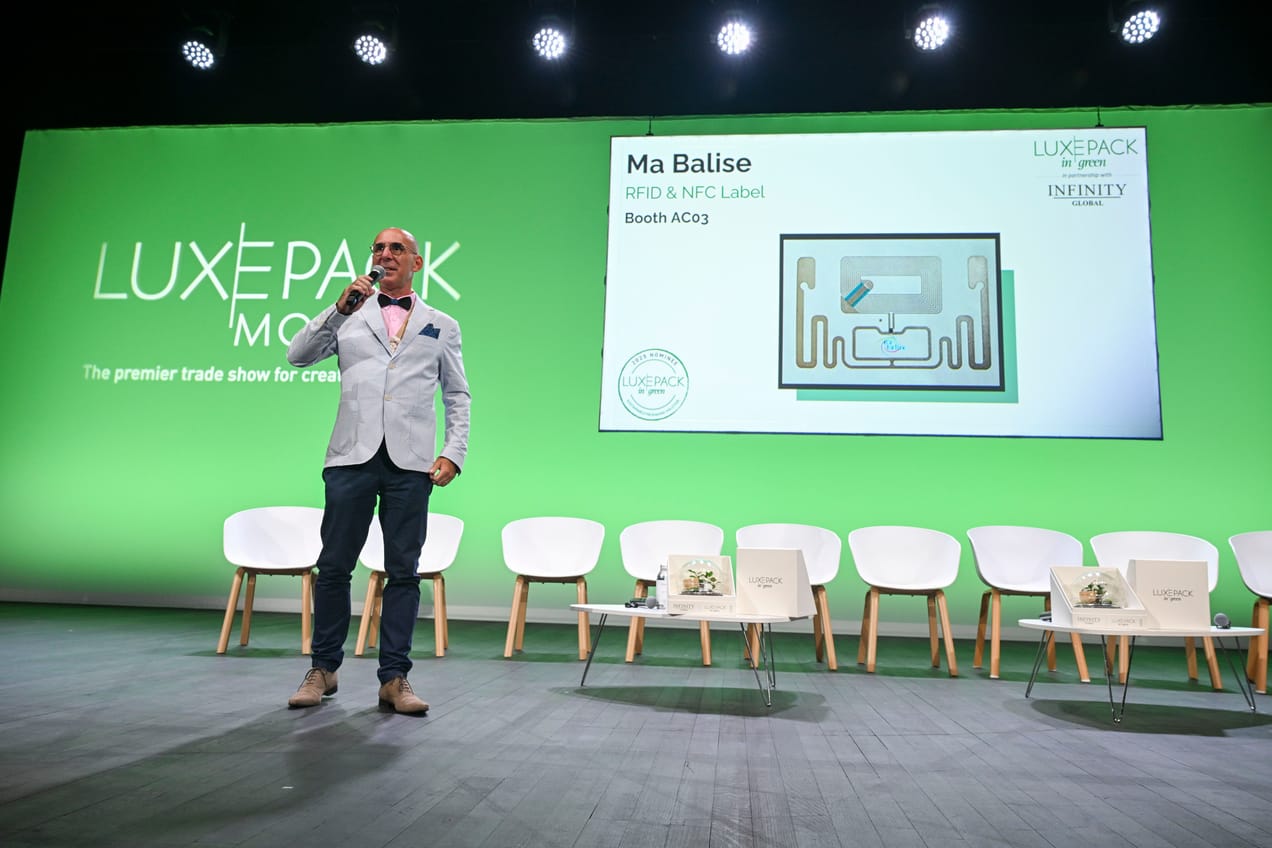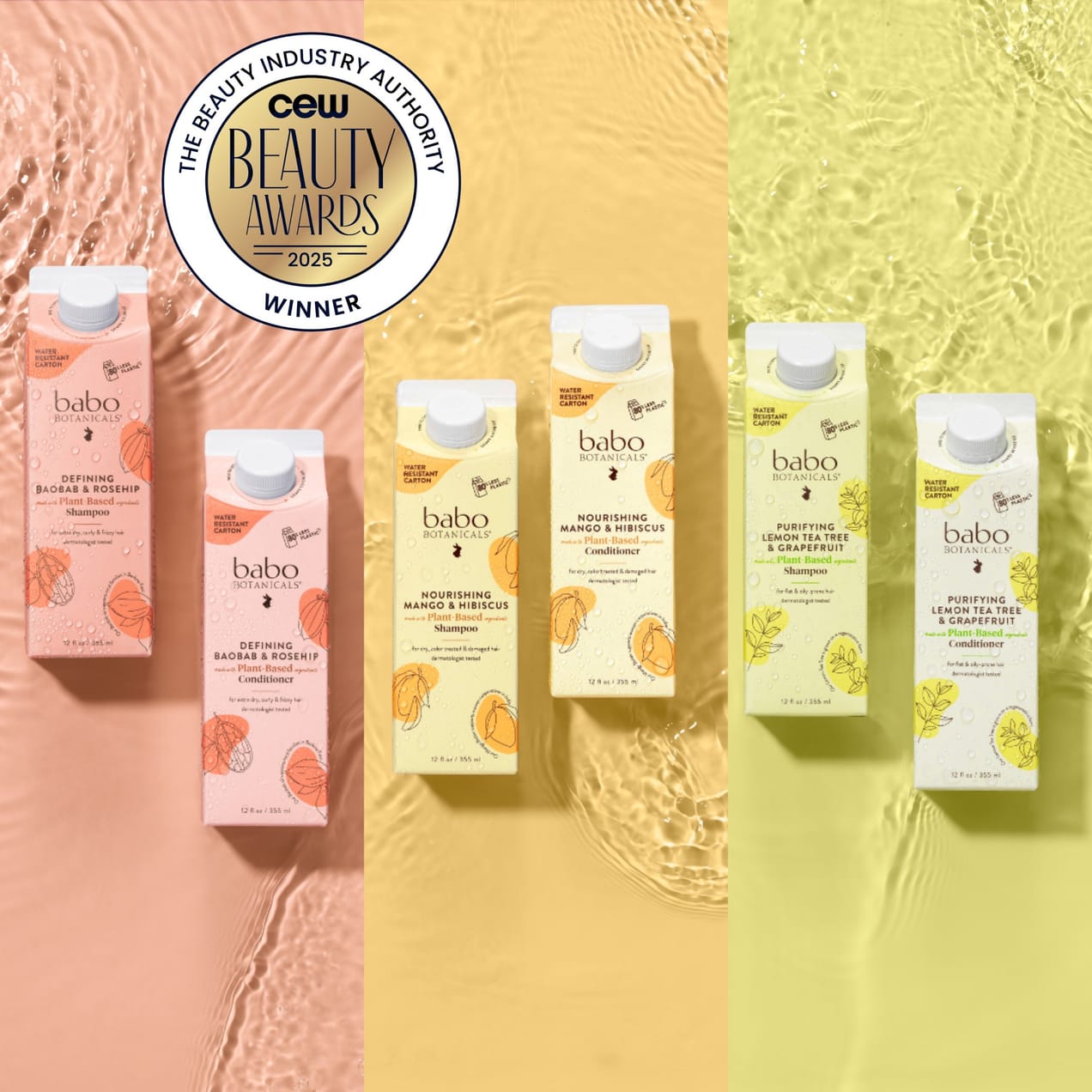
Beauty and the planet – or how Geka supports a greener future
Sustainability and social responsibility are becoming increasingly entrenched in the mission and vision of companies in the beauty industry. A rising number of packaging suppliers, formulators, and brands in this sector are gradually taking small—and big—steps in the right direction to become more “green” and ethical across the entire supply chain.
But what does this look like in practice, and how can cosmetics suppliers achieve it? We had the pleasure of speaking with Oliver Vogel, Geka’s CEO, about this all-important topic and how Geka is planning to tackle these sustainability challenges now and in the future.
re/sources: Can you share how your brand's cosmetic products contribute to social or environmental causes?
Oliver Vogel, Geka: As one of the leading manufacturers of cosmetic packaging for dip-in color cosmetics, we’re supporting small, medium, and international brands to impact environmental and social topics positively. Our broad portfolio of recycled materials and sustainable decoration technologies offers beauty brands a huge variety of sustainable packaging possibilities.
We start advising the brands from the very beginning on how to create environmentally friendly packages—we suggest reducing packaging material where possible, using PCR materials, providing alternative options to lacquering and metallisation, and optimizing supply chains.
In parallel, GEKA strongly supports local communities and charity organizations. Our main focus is to make a positive impact on society, humanity, and social responsibility.
re/sources: How do you ensure that your manufacturing process is ethical and safe for both people and the planet?
Oliver Vogel: We ensure this through an approach focusing on four different business areas. Firstly, we conduct regular supplier audits to verify the quality and sustainability of our partners. In addition, we use Ecovadis assessments at our various production sites to monitor environmental and social standards. Another important aspect is our local production, which enables us to use resources efficiently and minimize our environmental impact. Finally, we integrate the CRS criteria into our innovation process to ensure that our new products are developed both sustainably and responsibly.
We also work in accordance with the SA8000 guidelines to ensure that our social standards are maintained. Our commitment to the continuous improvement of our social performance and ethical management system is of paramount importance to us. We also have a zero-tolerance policy towards child labour, forced labour, and bonded labour, and we strictly reject any form of discrimination. In addition, we implement comprehensive measures to ensure health and safety in the workplace. We actively involve our suppliers and communicate our ethical principles in order to promote common understanding and responsible cooperation.
re/sources: GEKA is offering the most sustainable decoration technique—Shadow Printing—and the formulation-compliant PCR-PP for primary cosmetic packaging. How much CO2 emission impact has this combination compared to the similar pack decorated with hot foil?
Oliver Vogel: For a complete unit with conventional material and hot foil stamping, the CO2 consumption for 1000 pieces is 22.5. 77% CO2 can be saved by changing the material to PCR-PP and by using Shadow Printing decoration, so the pure material consumption for 1000 pieces is 5.3. If the process impact is taken into account, 12% CO2 can be saved.
re/sources: You further developed this sustainable decoration technique and presented the advanced Shadow Printing 2.0 at MakeUp in Paris in May. What is the difference, and what is the benefit?
Oliver Vogel: Shadow Printing is a sustainable decoration technique because you don’t need additional foil or ink. With this decoration, you have complete design freedom. The difference between the initial shadow printing technique and Shadow Printing 2.0 is that we can now create a 3D effect with it. This is an exciting addition, as it enables us to create products that feature a unique, eye-catching look.

